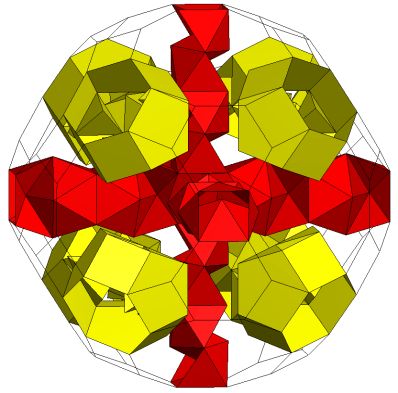
2.1 Five Independent Tunnels
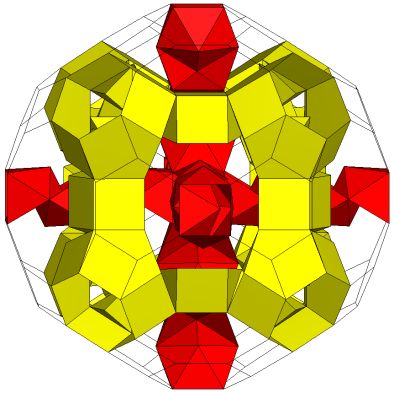
2.2 K5 with ringed tunnels and with
one tunnel passing through another
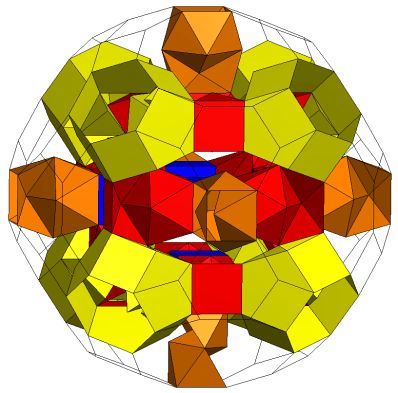
2.3 Variations on m
 2.1 Five Independent Tunnels |
 2.2 K5 with ringed tunnels and with one tunnel passing through another |
 2.3 Variations on m |
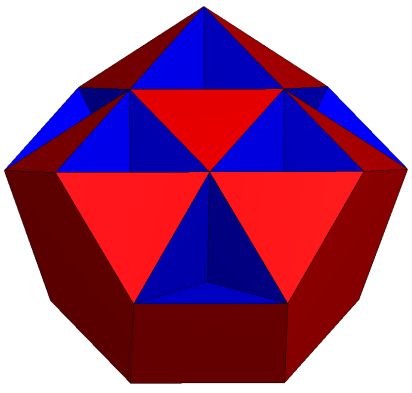 W+ |
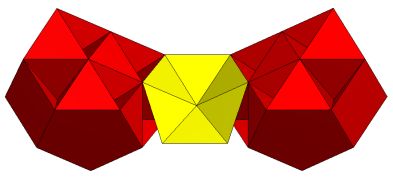 W+mW+ |
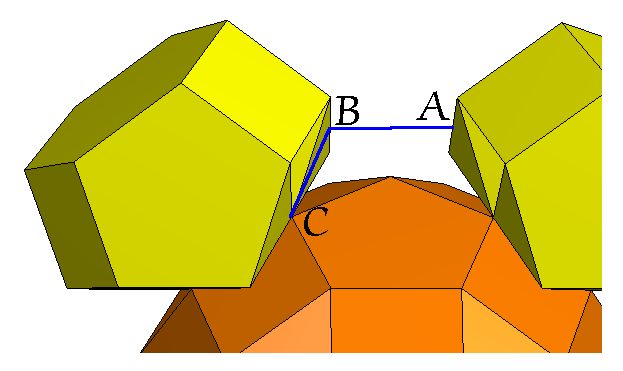 The angle ABC between two adjacent copies of W+ appended to E5. |
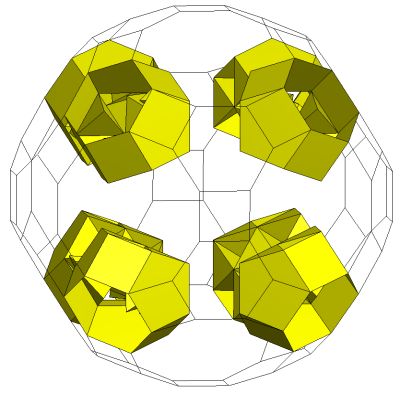 Four independent tunnels: K5 / 4(W+mW+) Genus p=4. |
 Five independent tunnels K5 / 4(W+mW+) , 6Z4Z4(P4) Genus p=9. |
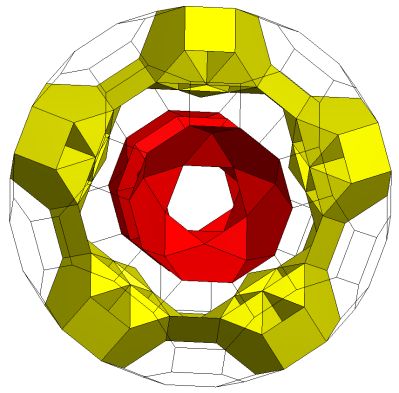 Threaded tunnels K5 / [W+m]5C, S*; Genus p=6. |
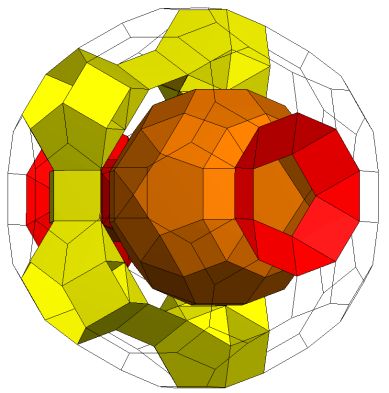 Threaded tunnels K5 / [W+m]5C, Q5E5S52Q5; Genus p=6. |
 K5 / [8W+12m]C, 6Z4Z4(P4); Genus p=17. |
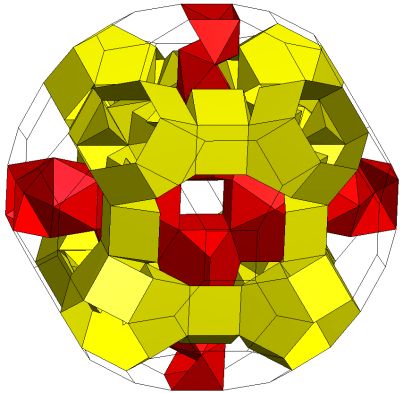 K5 / [8W+12m]C, 4Z4J914C; Genus p=16. |
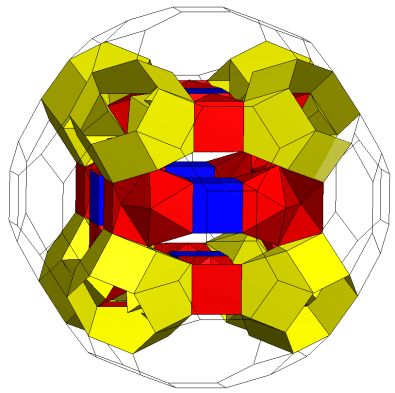 K5 / [8W+6(Z4(P4)Z4)]C ; Genus p=18. |
 K5 / [8W+6(Z4(P4)Z4)]C6Z4; Genus p=24. |